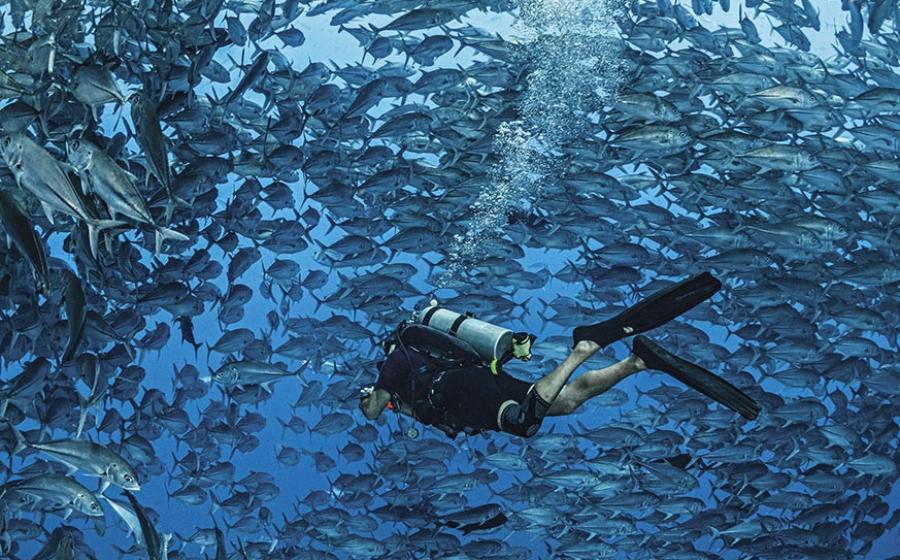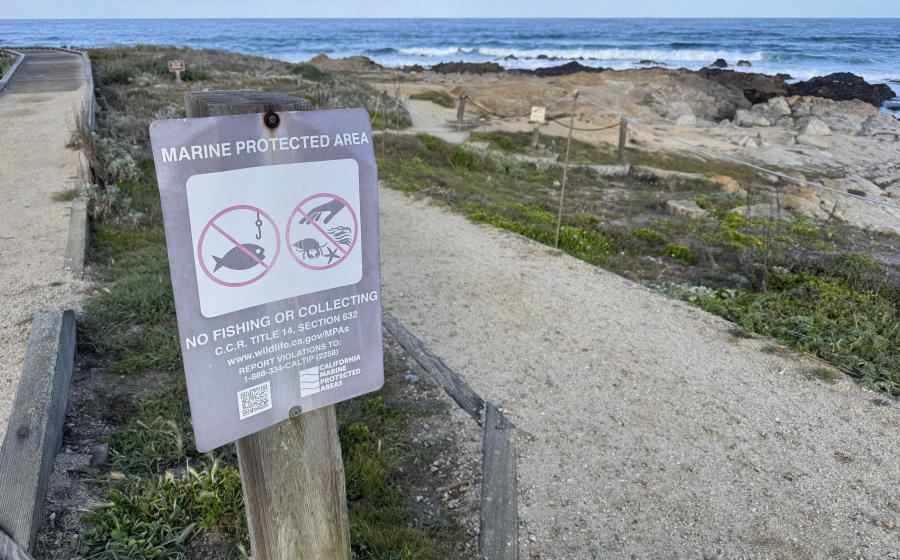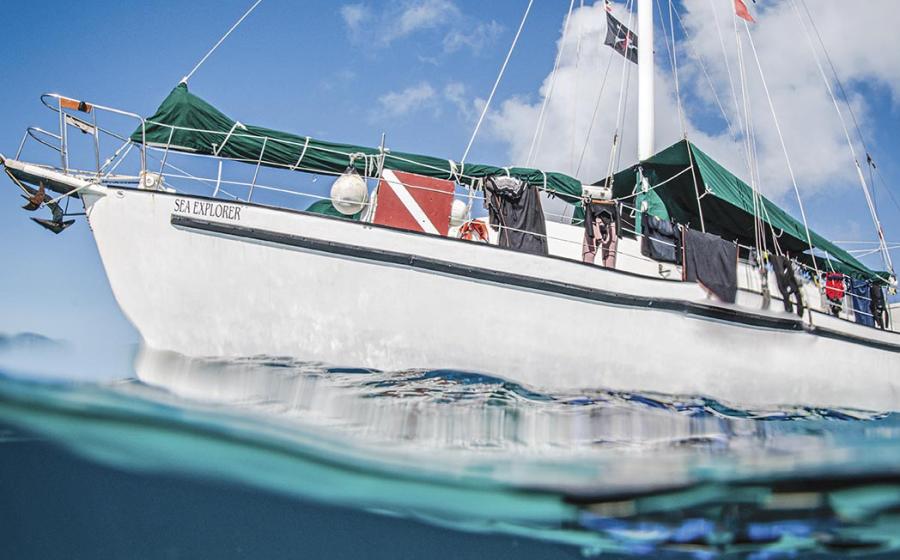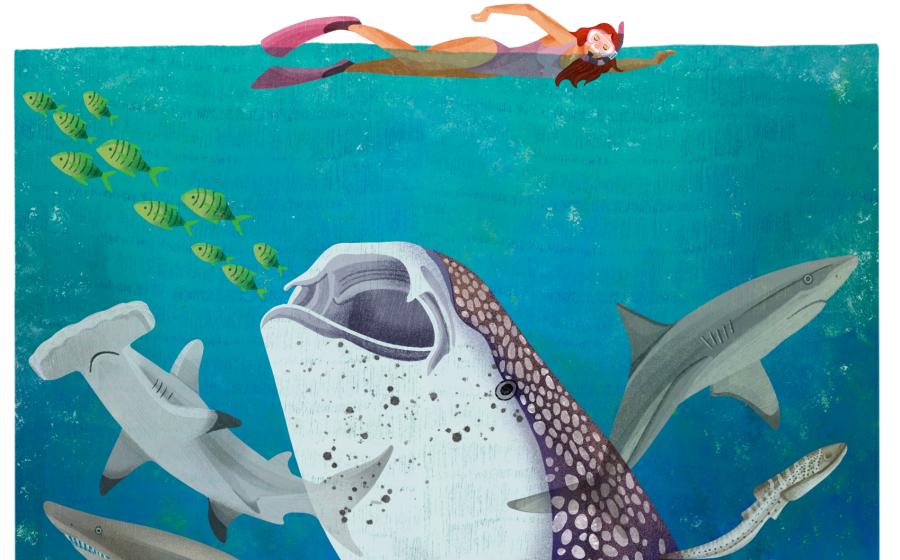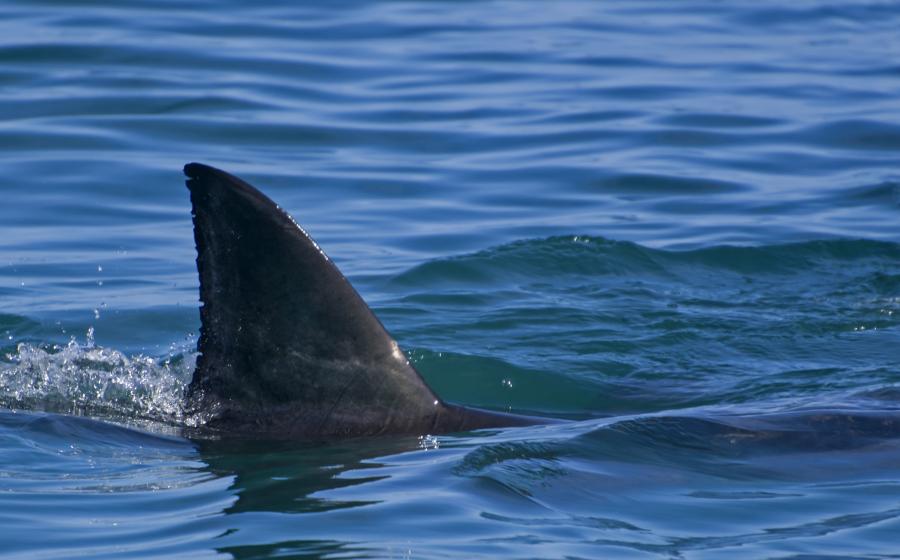Baja & Western Mexico

From the southern half of the 800-mile-long Baja Peninsula, divers have access to the best of two worlds-the eastern Pacific Ocean and the Sea of Cortez. Included in the diverse list of 750 resident species are big-ticket animals like gray whales, whale sharks, hammerheads, giant Pacific manta rays and sea lions, and you can see it all from day boats and live-aboards that depart from La Paz and the twin resort cities of Cabo San Lucas and San Jose del Cabo (collectively known as Los Cabos). Just don't expect Caribbean-style vis or coral formations.
West coast or east coast, day boats from towns along the southern shores head to seamounts and pinnacles for big-ticket pelagics. Out in the deep, 220 miles southwest of Cabo, is the Socorro island chain, also known as Islas Revillagigedo, an uninhabited, volcanic archipelago that offers tremendous diving on its lava-forged flanks. Live-aboard boats out of Cabo San Lucas make the trip.
Dive In
Weather > Hot, balmy summers with highs in the 90s and pleasant winters, when temperatures range from the 60s at night to 80s during the day.
Average Water Temp > Mid-80s in summer and mid-60s in winter. The diving is year-round in the Sea of Cortez, but the best time is late June to early November.
Average Visibility > Fluctuates from 70 feet in winter to 90 feet in summer.
Travel Savvy > A passport is required.
Destination Links > www.visitcabo.com and www.bajatravel.com.
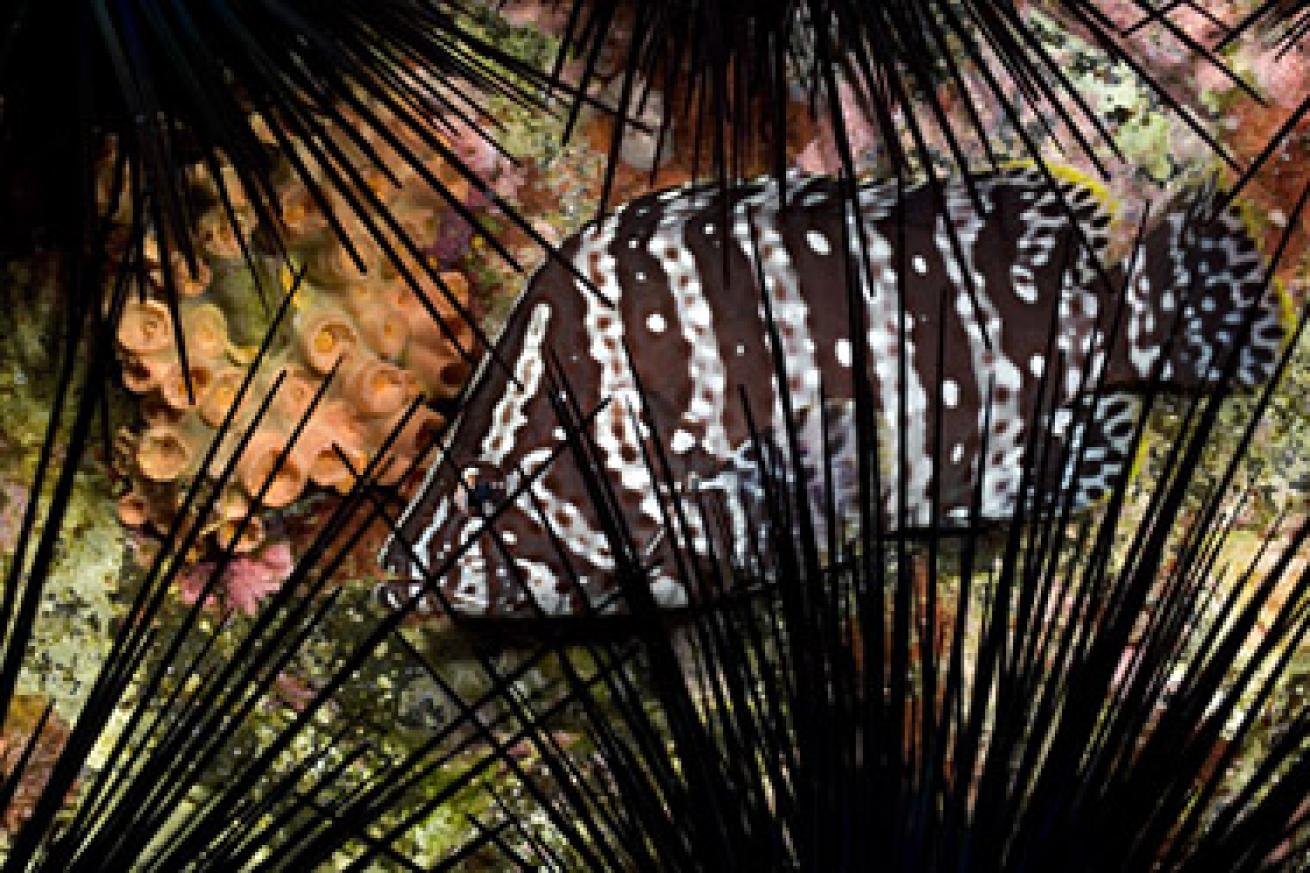
From the southern half of the 800-mile-long Baja Peninsula, divers have access to the best of two worlds-the eastern Pacific Ocean and the Sea of Cortez. Included in the diverse list of 750 resident species are big-ticket animals like gray whales, whale sharks, hammerheads, giant Pacific manta rays and sea lions, and you can see it all from day boats and live-aboards that depart from La Paz and the twin resort cities of Cabo San Lucas and San Jose del Cabo (collectively known as Los Cabos). Just don't expect Caribbean-style vis or coral formations.
West coast or east coast, day boats from towns along the southern shores head to seamounts and pinnacles for big-ticket pelagics. Out in the deep, 220 miles southwest of Cabo, is the Socorro island chain, also known as Islas Revillagigedo, an uninhabited, volcanic archipelago that offers tremendous diving on its lava-forged flanks. Live-aboard boats out of Cabo San Lucas make the trip.
Dive In
Weather > Hot, balmy summers with highs in the 90s and pleasant winters, when temperatures range from the 60s at night to 80s during the day.
Average Water Temp > Mid-80s in summer and mid-60s in winter. The diving is year-round in the Sea of Cortez, but the best time is late June to early November.
Average Visibility > Fluctuates from 70 feet in winter to 90 feet in summer.
Travel Savvy > A passport is required.
Destination Links > www.visitcabo.com and www.bajatravel.com.

